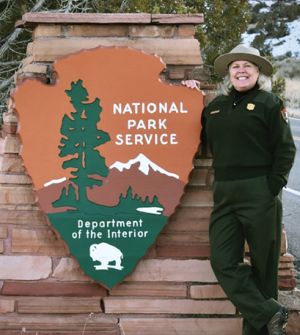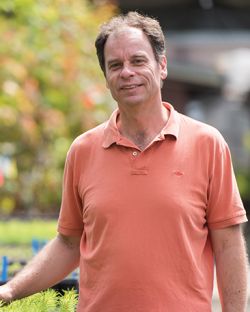
As society continues to face growing climate and sustainability crises, the Oregon State University College of Forestry aims to create a better future through education, research and outreach programs that address the most pressing issues related to forest conservation and management. To advance that mission, Oregon State University and the Oregon Department of State Lands are working collaboratively to develop a vision for transforming Oregon’s famous Elliott State Forest into a publicly owned world-class research forest.
The Elliott is a critical oasis for several imperiled species such as the marbled murrelet, northern spotted owl, elk and coho salmon. Twenty-two percent of Oregon wild salmon come from its streams and coastal old growth in the Elliott is prime nesting habitat for the threatened marbled murrelet.
“We look forward to furthering our work with the State Land Board, the Department of State Lands, Oregonians and stakeholders on the next steps to create a research forest plan that will provide benefits to all Oregonians,” said Tom DeLuca, the Cheryl Ramberg-Ford and Allyn C. Ford Dean of the College of Forestry. “From a scientific standpoint, the Elliott would provide OSU the ability to conduct large, landscape-level experiments that can endure time and be practical, relevant and collaborative.”
As an 80,000+ acre living laboratory, the Elliott will help the College of Forestry answer the fundamental question: What is the best landscape-scale approach to providing society with sustainable wood resources without compromising biodiversity, ecosystem functions, climate resilience and social benefits?
Located in Oregon’s coastal range near Reedsport, the Elliott is currently managed to benefit the Oregon Common School Fund.
In December 2018, the State Land Board requested that OSU, in partnership with the Oregon Department of State Lands, explore the Elliott’s potential transformation into a state research forest managed by OSU and the College of Forestry.
Since then, OSU has worked with Department of State Lands and a range of stakeholder groups and community members to develop a vision for turning the forest into a world-class research location while also benefitting important public values such as recreation, conservation and local economies.
The proposal, consistent with the Land Board vision for the forest, includes:
• Keeping the forest publicly owned with public access.
• Decoupling the forest from the Common School Fund, compensating the school fund for the forest and releasing the forest from its obligation to generate revenue for schools.
• Continuing habitat conservation planning to protect species and allow for harvest.
• Providing for multiple forest benefits, including recreation, education, and working forest research.
In December 2020, after receiving an update from OSU on the research forest plans and process, the Oregon State Land Board voted to continue evaluating how to transform the Elliott into a research forest.
“We are appreciative of the support Governor Kate Brown and the rest of the State Land Board have expressed for the College of Forestry’s research vision for the Elliott State Forest,” DeLuca said. “The Elliott provides a unique opportunity to conduct needed research that can address challenges and inform decisions that will help us sustain ecosystems and economies.”
Over the past two years, efforts have included the work of an OSU-led exploratory committee; extensive input from an advisory committee of stakeholders convened by the Department of State Lands; multiple public forums; and conversations with tribal governments, local governments, stakeholder groups and other interested Oregonians.
The university and the state will continue to engage with constituents to refine and develop details of the research forest concept. The planning will consider governance and financial issues that must be resolved before OSU would approve assuming management of the Elliott.
To learn more about the Elliott State Forest and the research forest exploratory process, visit the Department of State Lands and OSU websites.
This story was part of the College of Forestry’s 2019-2020 Biennial Report.







